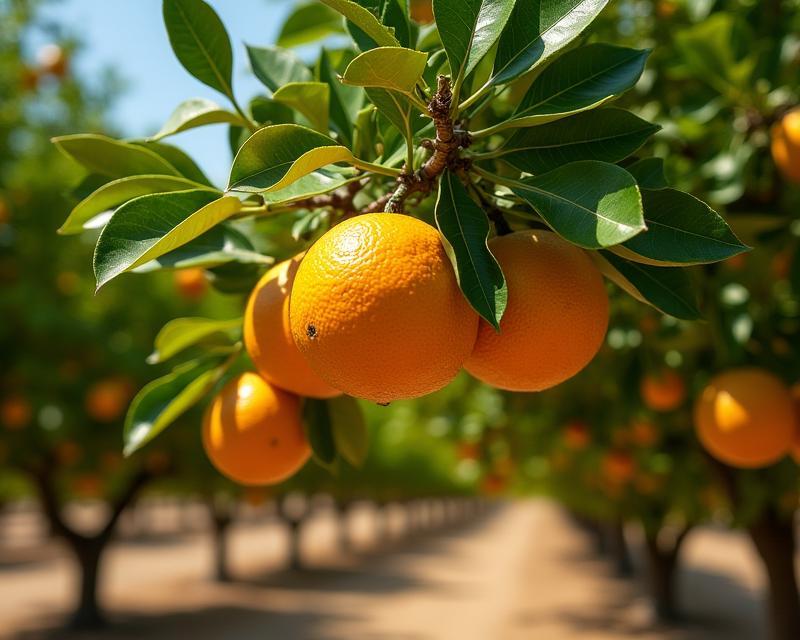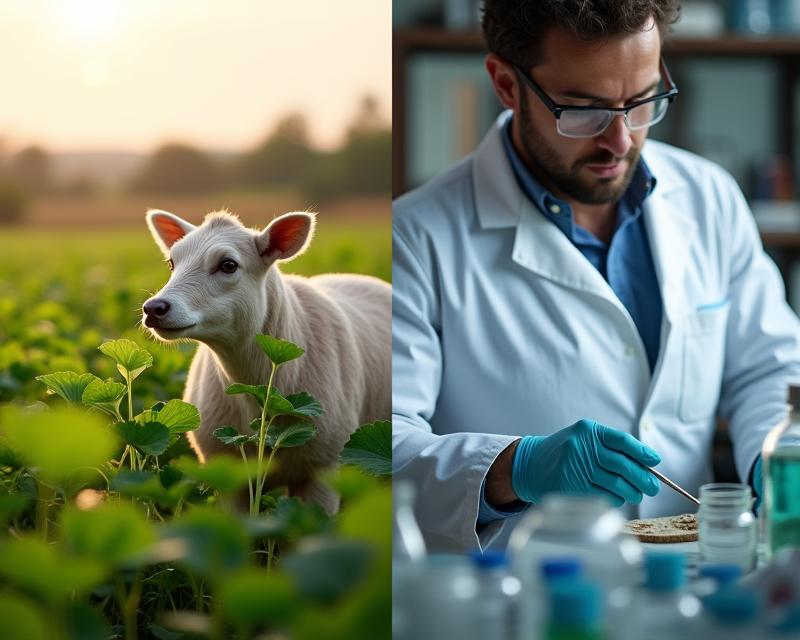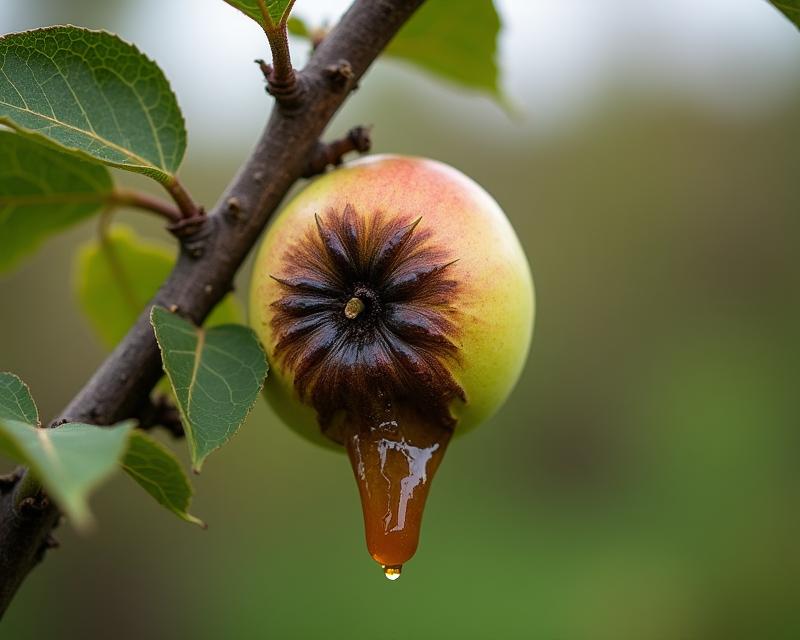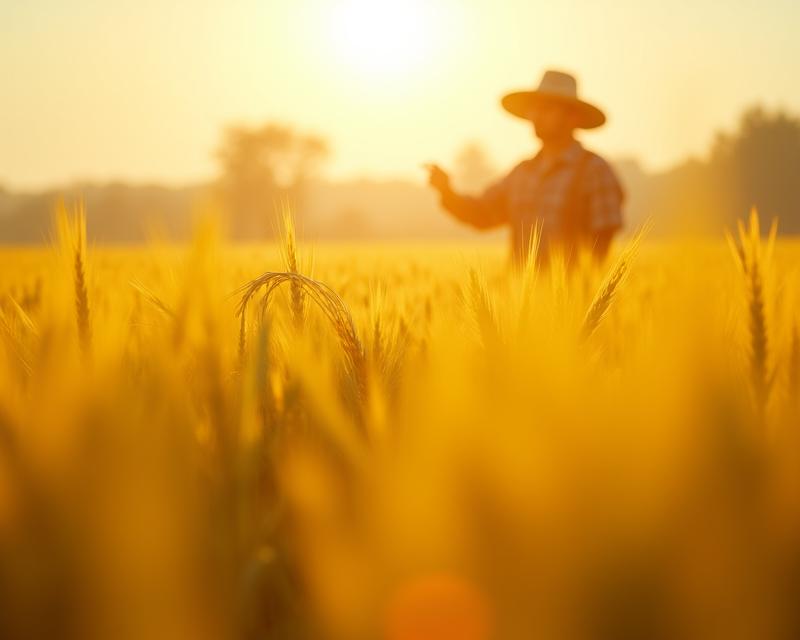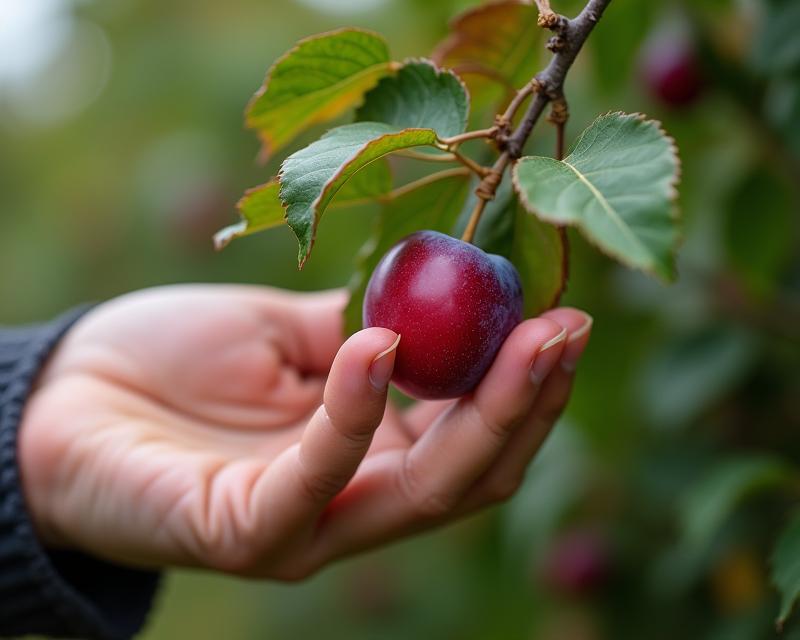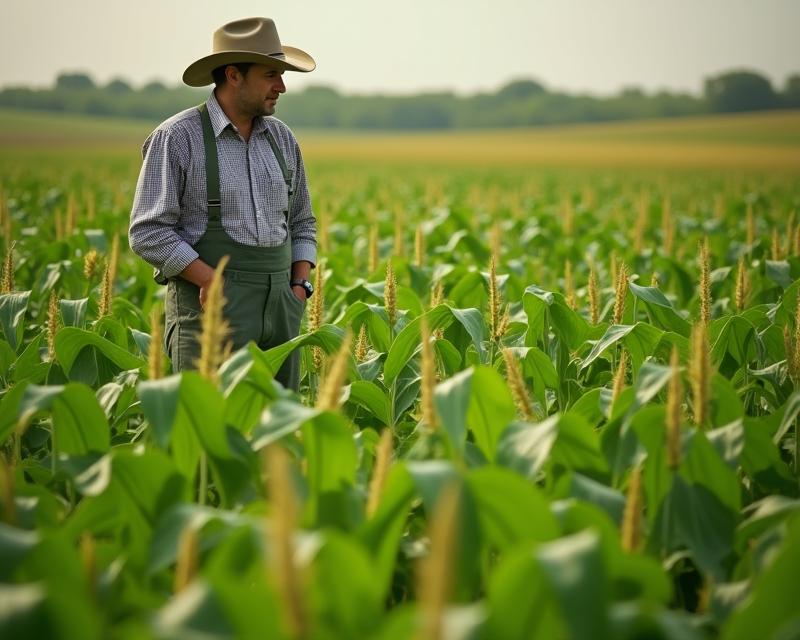Cultivating Fungi: Growing Mushrooms
Publish in Crops el 28/06/2025 22:35
Cultivating Fungi: Growing Mushrooms
Mushrooms, those fascinating fungi, are increasingly gaining popularity as both a culinary delight and a potential agricultural commodity. Growing your own mushrooms, whether on a small scale at home or expanding to a larger farm operation, can be a rewarding experience. It offers a unique opportunity to diversify your farm's offerings and tap into a growing market for specialty foods. Unlike many crops, mushrooms don't require sunlight and can thrive in controlled environments, opening up possibilities for year-round production.
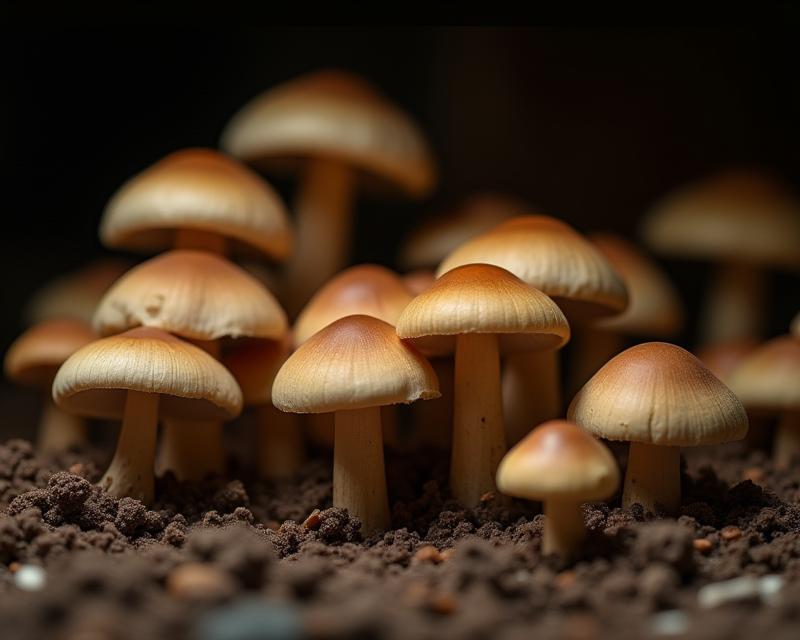
Understanding Mushroom Cultivation
The process of growing mushrooms involves providing them with the right substrate – a nutrient-rich material they feed on. Common substrates include straw, wood chips, sawdust, and coffee grounds. Different mushroom varieties have different substrate preferences, so research is key. The most popular varieties for home and small-scale farming include oyster mushrooms, shiitake mushrooms, and button mushrooms. Each requires slightly different temperature and humidity conditions to flourish. Maintaining a clean and sterile environment is crucial to prevent contamination from molds and bacteria, which can ruin your harvest.
Methods of Mushroom Cultivation
There are several methods for cultivating mushrooms. One common method is using pre-inoculated spawn – essentially, substrate that has been colonized by mushroom mycelium (the vegetative part of the fungus). This simplifies the process significantly. Another method involves creating your own spawn, which requires more expertise and equipment. For home growers, a simple fruiting kit can be a great starting point. For larger farms, specialized mushroom farms often utilize controlled environment agriculture (CEA) systems, allowing for precise control over temperature, humidity, and airflow. Consider vertical farming techniques to maximize space and yield.
Harvesting and Beyond
Harvesting mushrooms is a delicate process. They are typically harvested when the caps are fully formed but before they begin to release spores. Proper harvesting techniques ensure the longevity of the mushroom crop. Once harvested, mushrooms should be stored properly to maintain their freshness. Beyond direct consumption, mushrooms can be processed into various products like dried mushrooms, mushroom powder, and mushroom extracts, further increasing their value. Growing mushrooms offers a sustainable and innovative approach to agriculture, providing a delicious and nutritious food source while contributing to a more diverse and resilient food system.
